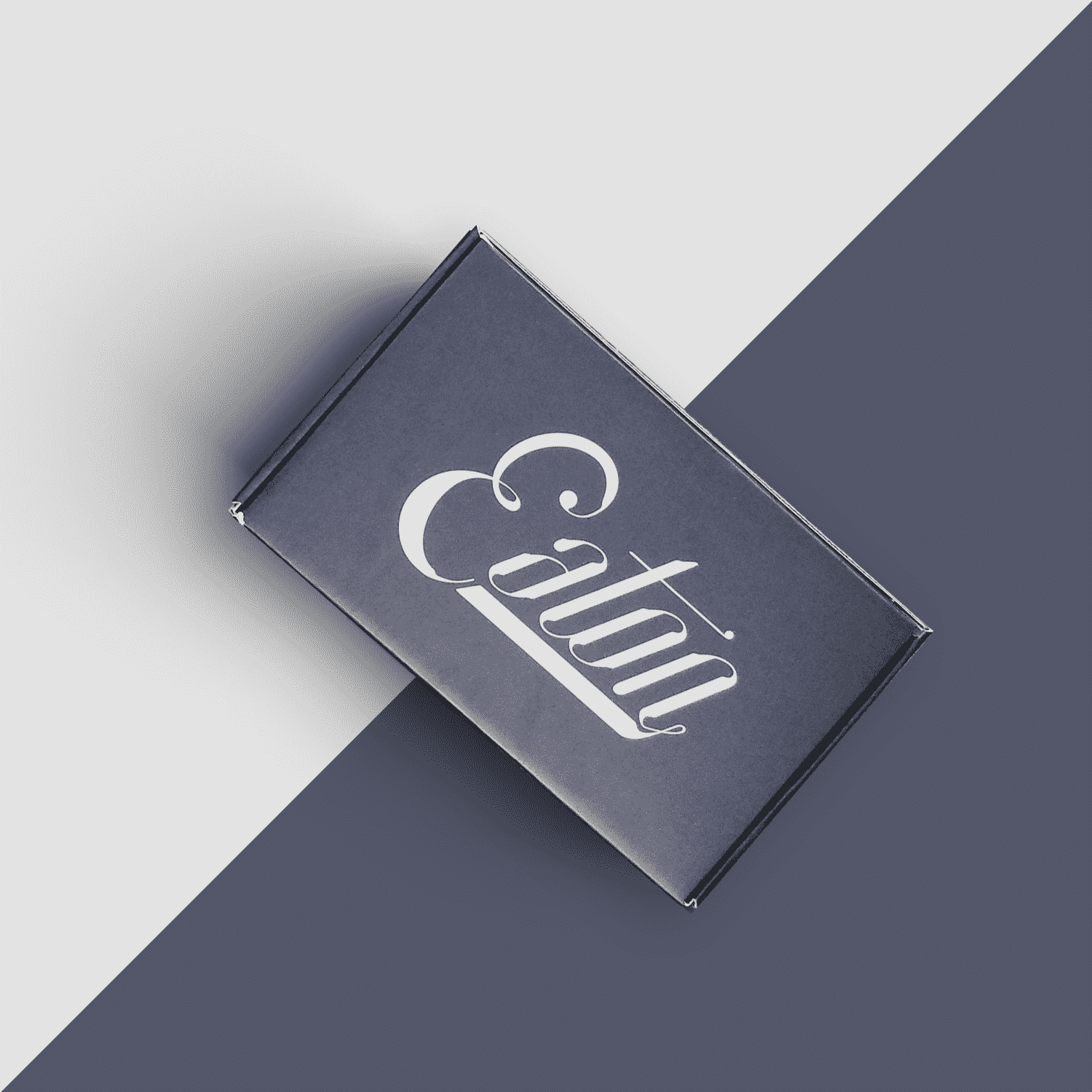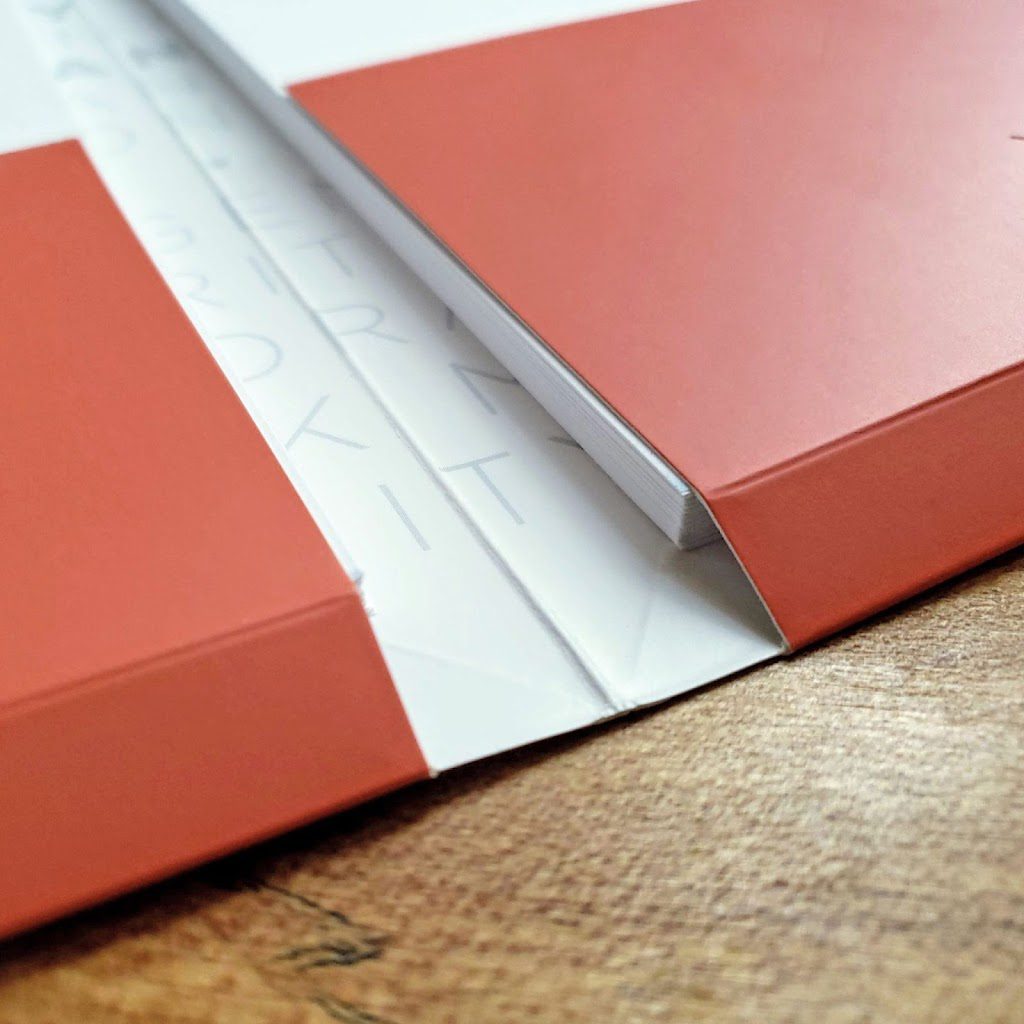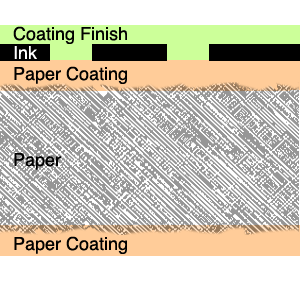Troubleshooting Common Aqueous Coated Paper Issues: How?
Blog conent:
How Can You Identify and Resolve Common Issues with Aqueous Coated Paper in Printing?
Troubleshooting common issues with aqueous coated paper in printing is essential for ensuring high-quality prints and a smooth printing process. Aqueous coating is a clear, water-based coating applied to printed materials to protect them and enhance their visual appearance. However, like any printing process, it can encounter various challenges that need to be identified and resolved. In this section, we will discuss how to recognize common coating issues, the essential steps for troubleshooting, and expert tips for improved coating performance.
Recognizing Common Aqueous Coating Issues
Before diving into troubleshooting, it is crucial to be able to identify common issues that may arise with aqueous coated paper. By recognizing the signs, you can pinpoint the problem and take appropriate action. Here are some of the common issues to watch out for:
1. Identifying streaking, blushing, and mottling in prints
Streaking refers to the uneven distribution of the coating on the paper, resulting in visible lines or streaks. Blushing occurs when the coating dries too slowly, leaving a milky or hazy appearance on the surface. Mottling, on the other hand, is the patchy or uneven appearance of the coating, often caused by fluctuations in coating application.
2. Diagnosing poor adhesion and ink smudging problems
Poor adhesion occurs when the coating does not adhere properly to the paper surface, leading to issues such as peeling or flaking. Ink smudging can happen if the ink is not fully dry before coating, resulting in smudged or blurred prints.
3. Understanding signs of coating defects
Coating defects can manifest in various ways, such as coating pinholes (small gaps in the coating layer), coating cracking or crazing (fine lines or cracks on the coating surface), or coating bubbles (trapped air or moisture under the coating layer). These defects can affect the overall quality and appearance of the prints.
Essential Troubleshooting Steps
Once you have identified the issue, it's time to take action and resolve it. Here are some essential troubleshooting steps to address common problems with aqueous coated paper:
1. Adjusting pressroom temperature and humidity levels
Pressroom temperature and humidity play a crucial role in the performance of aqueous coatings. Maintaining the ideal temperature and humidity levels can help prevent issues like blushing and drying problems. Generally, a temperature range of 65°F to 75°F and a humidity range of 40% to 60% are recommended for optimal coating results.
2. Optimizing paper quality and conditioning
The quality and condition of the paper used can greatly affect the coating process. High moisture content in the paper can exacerbate coating problems, so ensuring the paper is properly conditioned is essential. Additionally, using high-quality, compatible paper stocks can help improve adhesion and minimize coating defects.
3. Modifying press speed and verifying ink compatibility
Adjusting the press speed can have a significant impact on the coating application. Slower speeds allow for better coating coverage, reducing the likelihood of streaking or uneven coating. Additionally, verifying the compatibility of the ink with the aqueous coating is crucial to avoid issues such as poor adhesion or ink smudging. Using inks that properly accept aqueous coatings can help achieve better results.
Expert Tips for Improved Coating Performance
In addition to the essential troubleshooting steps, there are some expert tips that can further enhance the performance of aqueous coating in printing:
1. Regular maintenance of anilox rollers and presses
Proper maintenance of anilox rollers and presses is crucial for consistent and high-quality coating application. Regular cleaning and ensuring optimal conditions of the rollers and presses can help prevent issues such as uneven coating or coating defects.
2. Choosing the right coating formulation for specific finishes
Coating formulations come in various types, catering to specific finishes such as gloss, matte, or satin. Choosing the right formulation for the desired finish can greatly improve coating performance and the overall appearance of the prints.
3. Implementing drying and curing best practices
Ensuring adequate drying and curing time is essential for achieving optimal coating results. Following proper drying and curing best practices, such as using high-volume air movement systems and managing pile temperatures, can help minimize issues like smudging or poor adhesion.
In summary, troubleshooting common issues with aqueous coated paper in printing requires careful recognition of the problems, essential troubleshooting steps, and the implementation of expert tips. By identifying the signs, adjusting pressroom conditions, optimizing paper quality, and following best practices, you can achieve high-quality prints and overcome common coating challenges.
[Context Info]:
Competitor Article Insights on Aqueous Coating Problems:
- Common Issues: Aqueous coating can cause issues like streaking, blushing, or mottling on printed materials.
- Temperature Control: Maintaining pressroom temperatures between 65°F and 75°F is crucial for optimal performance of aqueous coatings.
- Humidity Levels: Ideal relative humidity ranges from 40% to 60% to reduce drying problems like blushing.
- Paper Quality: High moisture content in paper can exacerbate coating problems, suggesting the use of properly conditioned paper.
- Coating Speed: Adjusting the press speed can improve coating application and reduce streaking.
- Ink Choice: Using inks that properly accept aqueous coating reduces the likelihood of poor adhesion and visual defects.
- Coating Formulation: Different formulations cater to specific needs such as gloss, matte, or satin finish.
- Cure Time: Allowing adequate time for curing is key in preventing smudging and ensuring uniform gloss.
- Troubleshooting Tips: Regularly cleaning the anilox roller and adjusting the coating thickness can help resolve common issues.
These insights can help in creating a comprehensive guide addressing challenges and solutions in aqueous coating for print professionals.
[Question Cluster]:
- What causes streaking and blushing in aqueous coatings?
- How can you enhance adhesion on difficult-to-coat substrates?
FAQs about Troubleshooting Common Issues with Aqueous Coated Paper in Printing
How can you identify streaking in aqueous coating on prints?
To identify streaking in aqueous coating on prints, you should look for signs of uneven distribution of the coating, resulting in visible lines or streaks across the surface.
What are the signs of poor adhesion in aqueous coated prints?
Signs of poor adhesion in aqueous coated prints include peeling or flaking of the coating from the paper surface, often due to issues like insufficient drying time or incompatible ink.
How is blushing identified in aqueous coated printing?
Blushing in aqueous coated printing is identified by a milky or hazy appearance on the coated surface, indicating the coating has dried too slowly.
What strategies can improve coating performance on paper with high moisture content?
To improve coating performance on paper with high moisture content, ensuring the paper is properly conditioned and of high quality can help enhance adhesion and minimize coating defects.
What role does pressroom temperature play in aqueous coating application?
Pressroom temperature plays a crucial role in aqueous coating application by affecting drying time and adhesion, with the recommended temperature range being 65°F to 75°F for optimal results.
Resolving issues with aqueous coated paper is crucial for print quality. We explored recognizing defects like streaking and mottling, and handling factors like temperature and humidity. Adjusting press speed and maintaining equipment can improve results. Remember, regular roller maintenance and choosing the right coating are game changers. Controlling the environment in your pressroom is key to preventing print defects. Explore different coatings and techniques for better results. Keep these strategies in mind to ensure top-notch prints every time.




